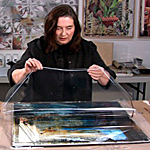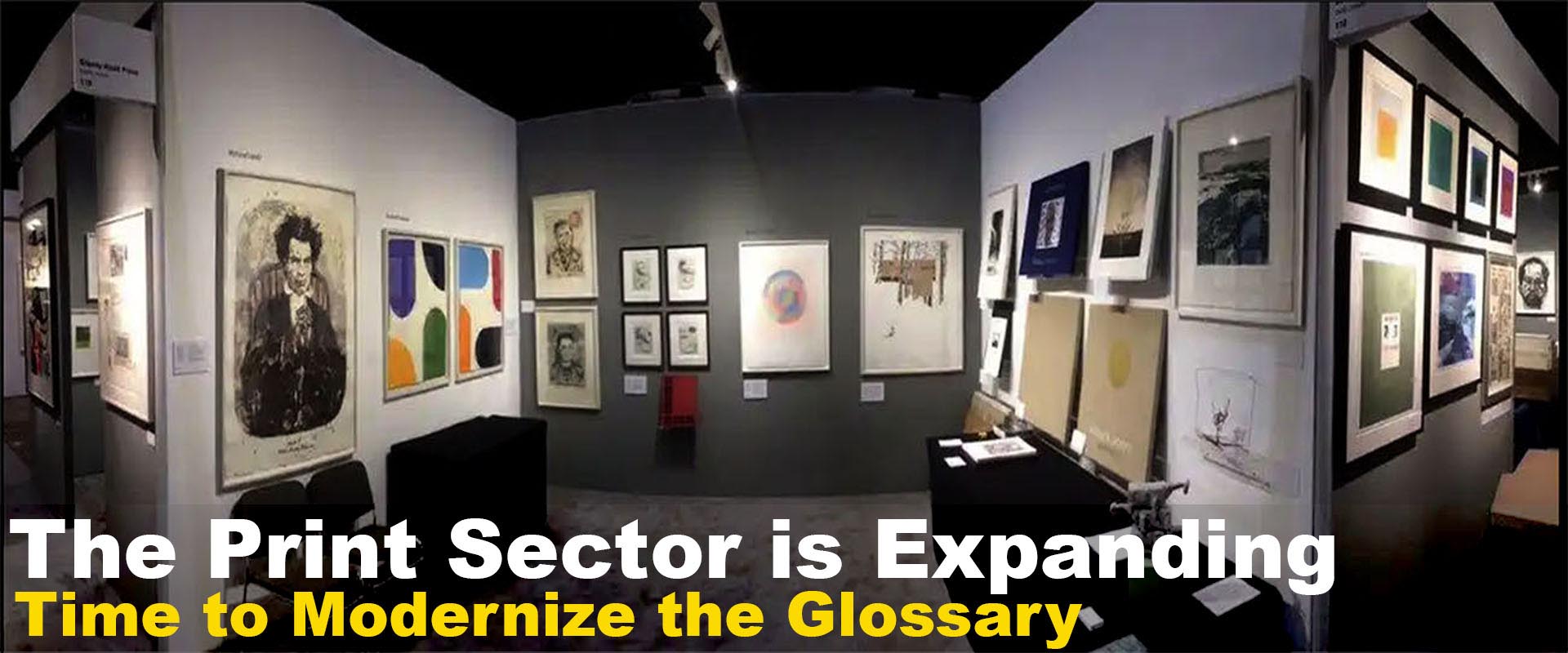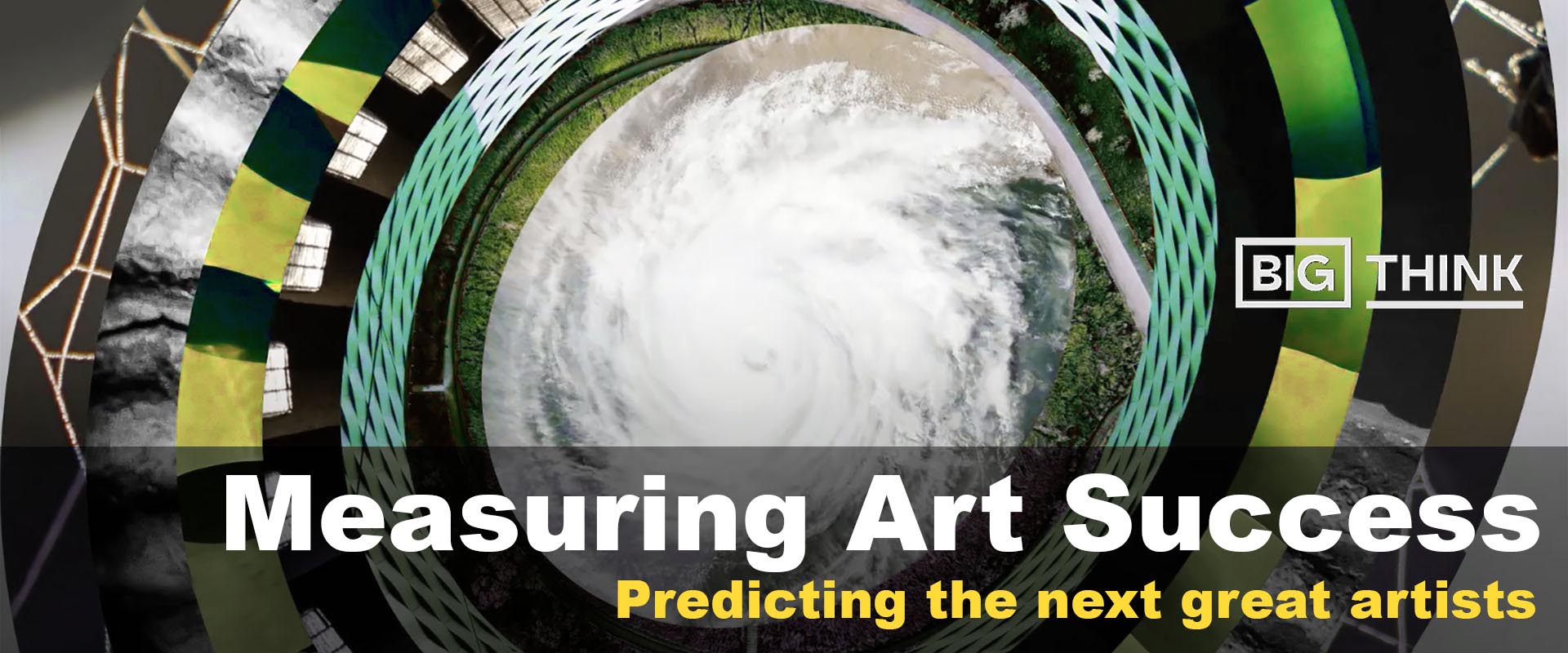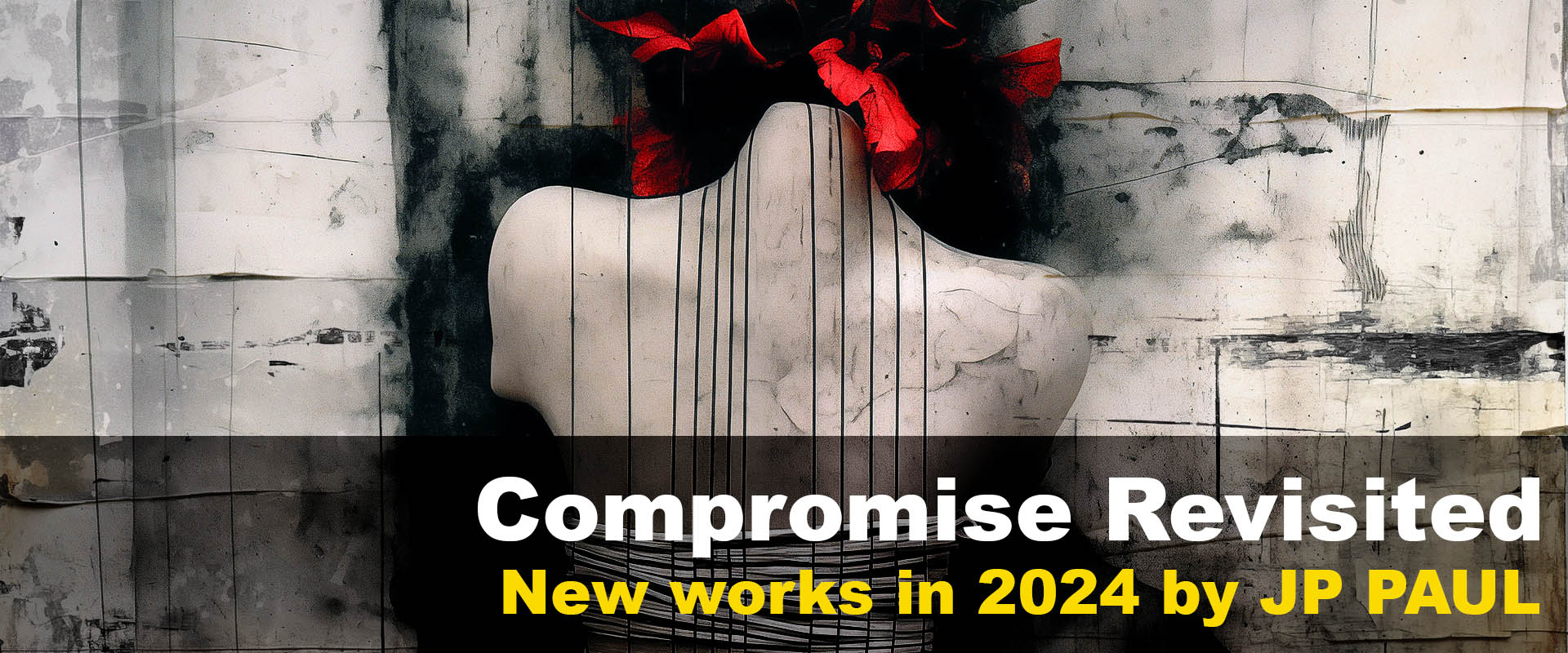 Bonnie Lhotka is a pioneer in alternative digital printing processes. Her books, seminars and workshops are widely acclaimed as some of the finest available today for anyone wishing to push digital imaging far beyond inkjet printing. I've read most of her books and refer to them often in my work. They are easy to follow step-by-step and very thorough with enough tips, tricks and suggestions to satisfy both beginners and advanced artists. Just add your creativity and let it whirl.
Bonnie Lhotka is a pioneer in alternative digital printing processes. Her books, seminars and workshops are widely acclaimed as some of the finest available today for anyone wishing to push digital imaging far beyond inkjet printing. I've read most of her books and refer to them often in my work. They are easy to follow step-by-step and very thorough with enough tips, tricks and suggestions to satisfy both beginners and advanced artists. Just add your creativity and let it whirl.
Caveat: Don't expect to run down to your local printing shop and ask them to try any of these materials on their production printers, nor will you wish to pass some of these custom-prepared substrates through your own main printer until you've mastered the preparation techniques. What I've found best is to buy a used Epson Stylus Pro (available in 17", 24" and 44" widths) either for personal use or for a group and treat it as a disposable item. With proper care and careful adherance to maximum substrate thicknesses, you shouldn't have a problem . . . but it only takes one stray hair or gesso clump to crash a very expensive printer head!
Despite the inherent risks when putting manipulated materials through delicate printers, I personally believe that this hands-on approach to digital printing eliminates much of the reluctance that many have for "computer" art. Finished pieces become one-of-a-kind, results are less predictable and they have a definitive time and place. Each work exudes more of the personal artist-work relationship that a technology layer can often obscure while unique processes can more readily be attributed to the specific artist. In essence, I believe alternative printing often defines the difference between mere computer picture printing and digital fine art.
For more information, visit the following websites: Digital Art Studio Seminars , Bonnie Lhotka's website and the Digital Atelier.






